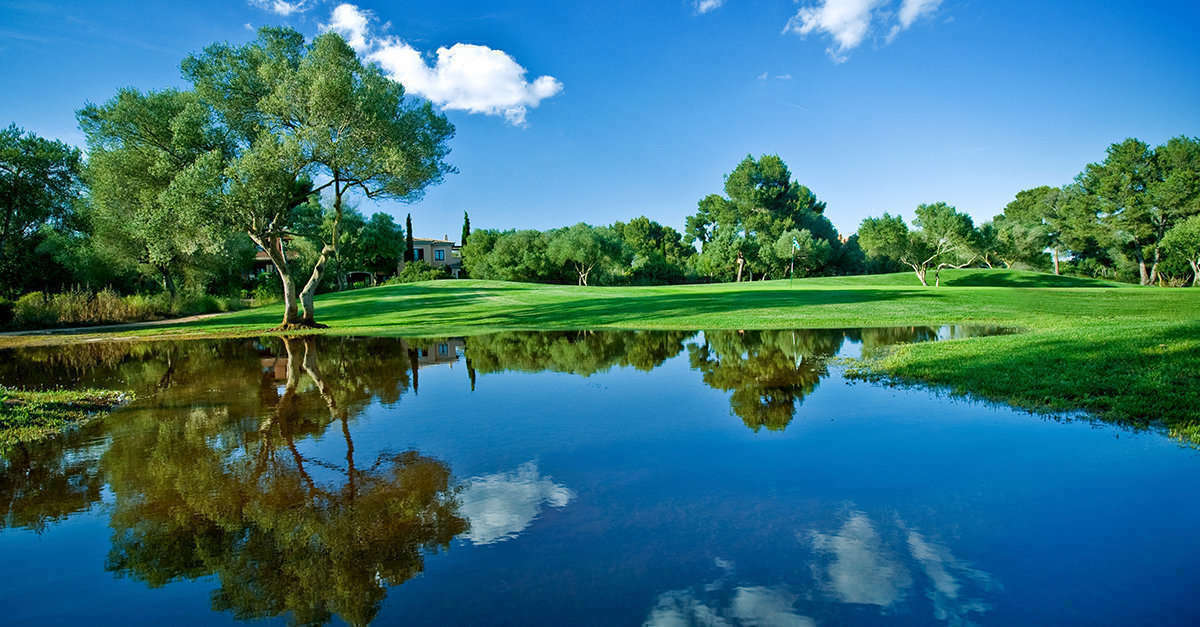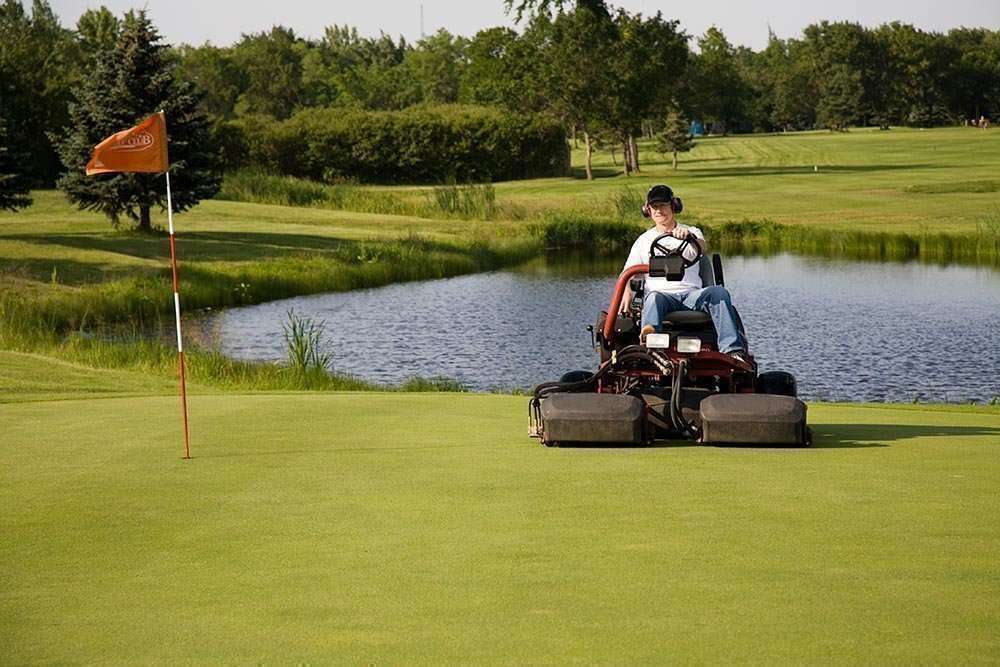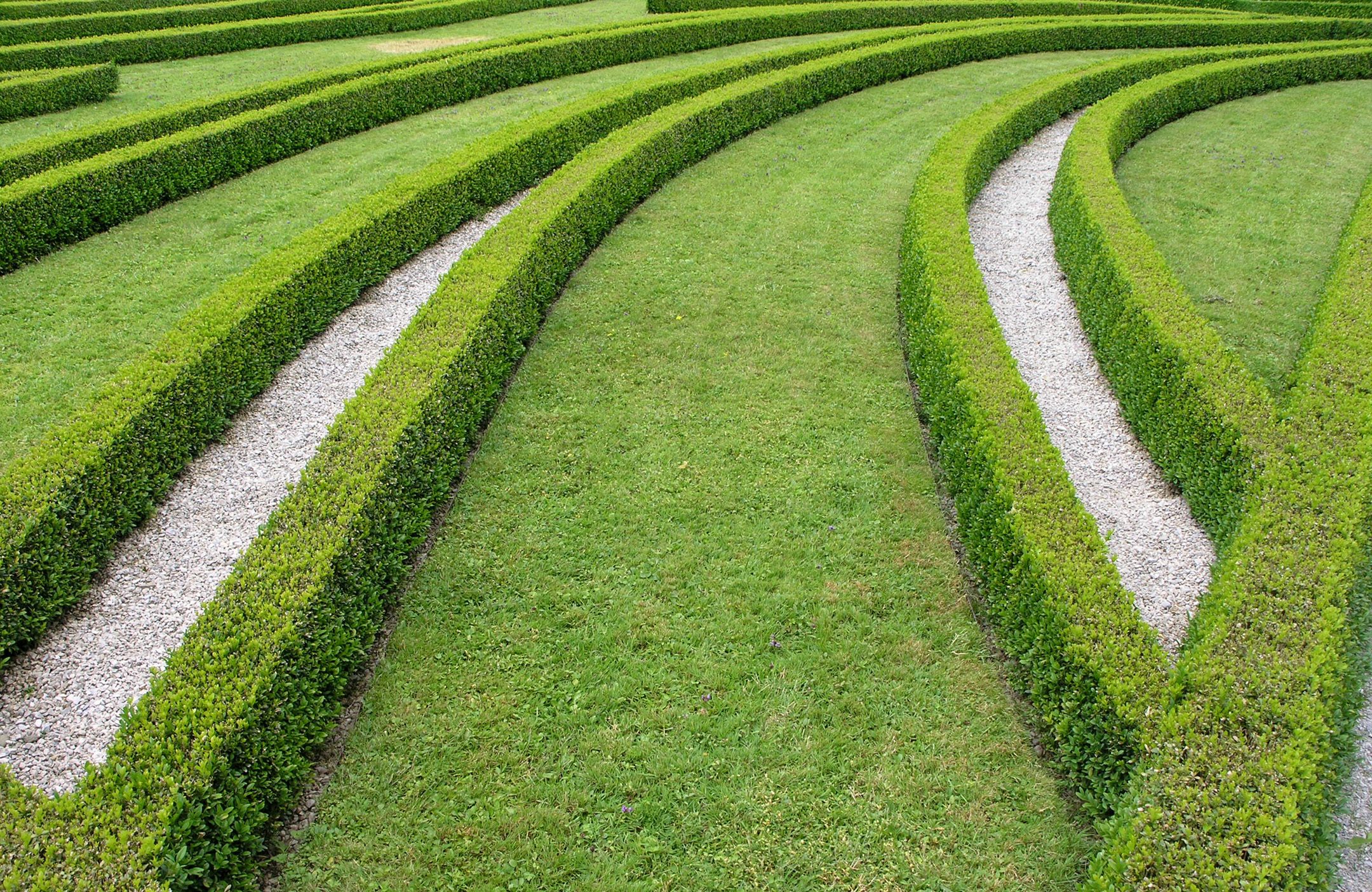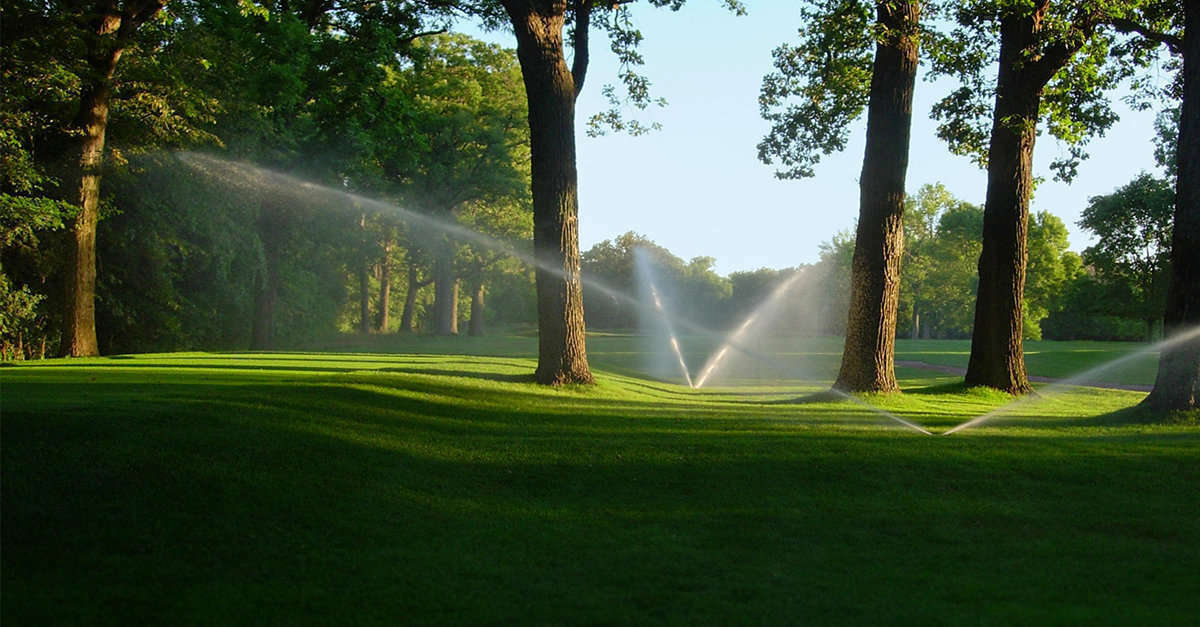Make pesticides unnecessary
Pure for the professional

Blog detail
Pesticides on golf courses are increasingly restricted by the government. Public opinion on the use of pesticides is also changing. In principle this is a good thing, but then how do you keep the grass free of diseases and unwanted fungi? This is a great example where prevention is better than a cure. Balanced soil life increases the resistance of the grass and makes it less likely to encounter problems that require control. Send us a message Back to overviewComposition of the soil life
Soil life consists of a variety of organisms. Microflora: bacteria and fungi are the largest groups present. In addition to microflora, soil life also consists of fauna, for example nematodes, mites and worms. The ratio of the microflora present depends on the type of organic matter to be degraded. The more stable the organic matter is, the harder it is to break down and the more fungi are present. Not all fungi are necessarily undesirable, but it is still preferable to have predominantly bacteria in the soil.


Fungi and bacteria in balance
The grass species on golf courses often ‘produce’ stable organic matter. Indeed, golf course construction also often uses organic matter in the soil composition. Because of this, it is very important for golf courses that bacteria have a strong presence. The situation on golf courses is therefore often already not necessarily ideal for a good soil balance. Fortunately, we can give the soil a helping hand by doing the following things, among others:
- Scarifying
- Stimulating soil life
Scarifying is a familiar practice. But stimulating soil life is a bit more complicated.
Stimulating the soil life
The soil life can be brought into balance by stimulating it. We offer several products with a stimulating effect on soil life. By feeding the beneficial bacteria, less space is left for the harmful bacteria. This way, diseases and unwanted fungi have no chance.



